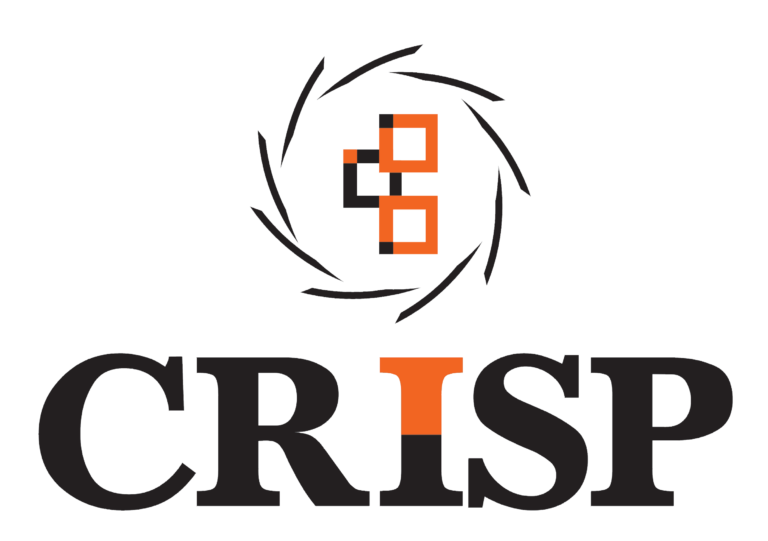Drawing inspiration from contemporary thinking on the nature of innovation as process of putting ideas and technology into use and the notion of an innovation system as a heuristic for the type of capacity needed to do this, the project understood capacity in a broad sense. The contours of this capacity were viewed not just as the skills and resources of different organisation and individuals. In addition, and arguably more importantly, this capacity was understood to be the links or networks that connected producers and users of information and ideas and the ways of working that enable these networks to mobilise ideas and technologies and put them into use.
The project recognised that many ideas and technologies to address fodder supply were already available. It also recognised that many organisations and many formal and informal networks and alliances already existed. The projects hypothesis, however, was that if it could find ways of facilitating the strengthening and orientation of these networks through which innovation emerges it could help create the conditions that would allow fodder innovation to take place . And critically it would identify how livestock research could become embedded in these networks thus improving its contribution to technical change and the welfare of livestock dependant poor people.
